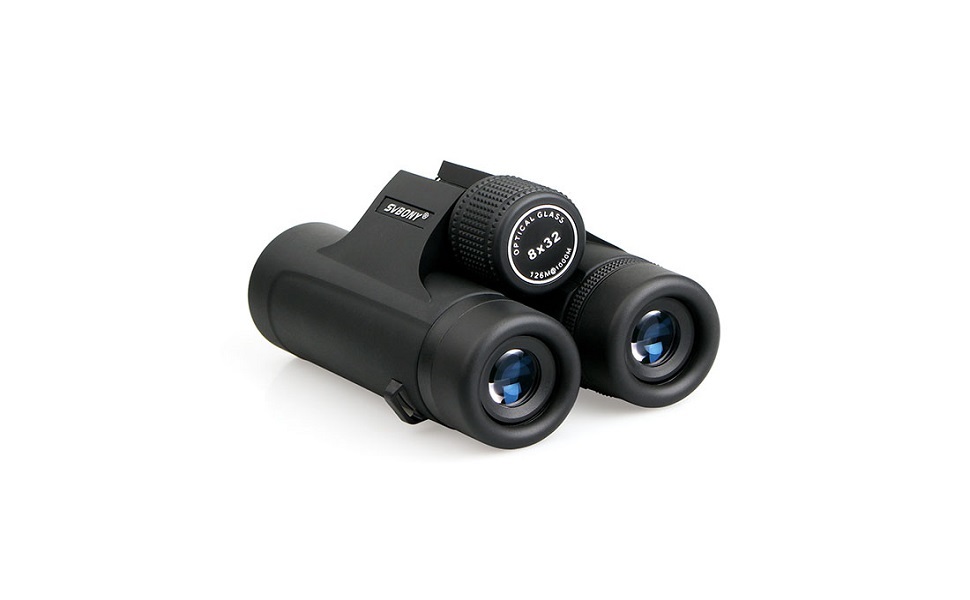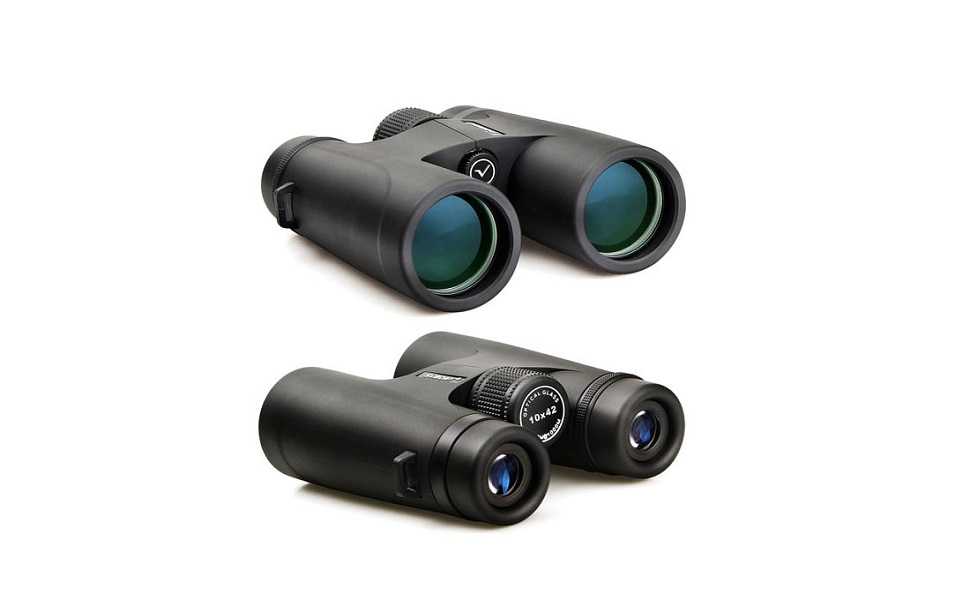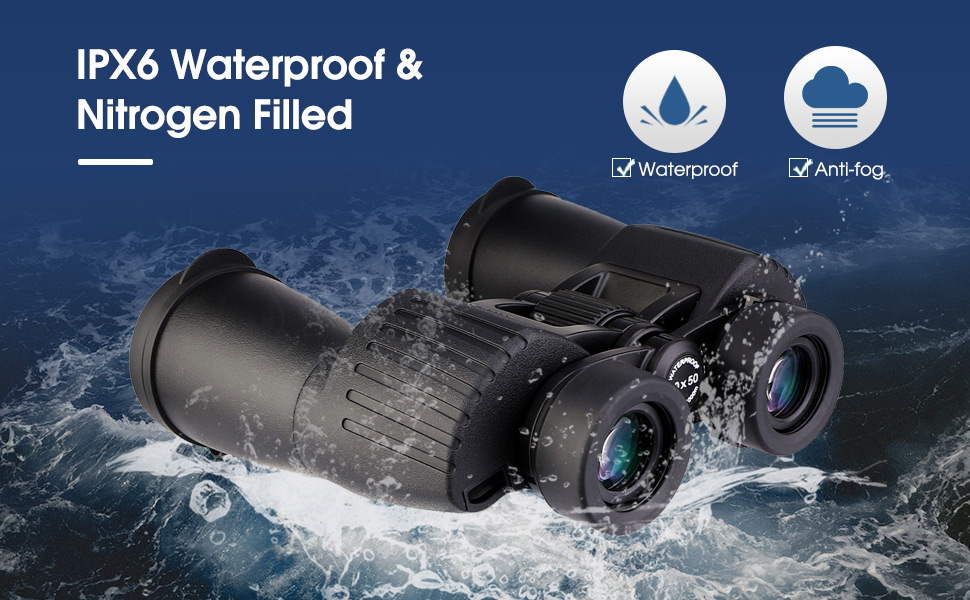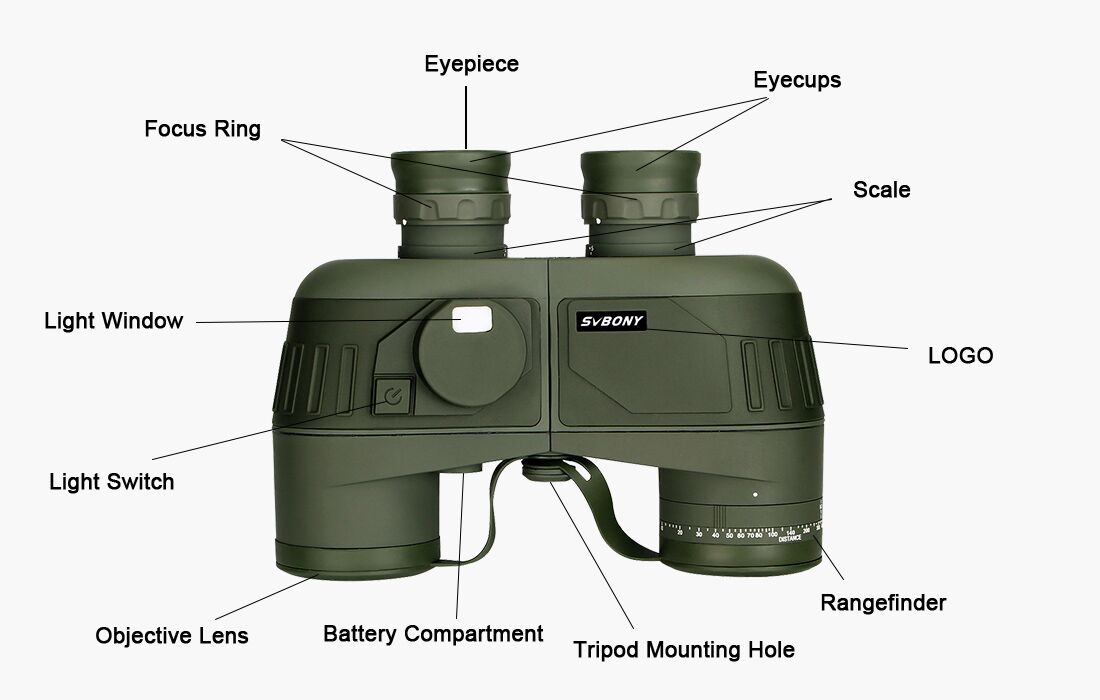How to choose an entry-level telescope for watching birds? Do you know all these important references?

How to choose an entry-level telescope for watching birds? Do you know all these important references?
For bird watchers, a pair of binoculars can not only help us observe more details of birds but also bring beauty and delight to our minds! The size and weight of binoculars are moderate, suitable for carrying at any time, comfortable for observation, large field of view, and relatively simple to operate. For beginners, understanding the following concepts can help you choose the right telescope more easily.
1) Multiples: 7-10 times are more appropriate. Do you think high magnification is the best? However, the image jitter brought by high magnification will offset the detail recognition ability at high magnification. In addition, high magnification must be matched with a large aperture objective lens to obtain good observation results, but a large aperture will directly increase the size and weight of the telescope, affecting portability. So for the average person, 7-8 times is enough!

2) Aperture: Aperture refers to the diameter of the objective lens, generally between 20-50 mm. A small aperture means small size, lightweight, good portability, but low imaging brightness and poor observation comfort. The larger the aperture, the larger the volume and the heavyweight, the poor portability, but the high imaging brightness and the comfortable observation. The common 20 and 25-mm diameters mainly highlight portability and are suitable for backup mirrors. The 30mm and 32mm apertures are a compromise between effect and portability. The 42mm and 50mm apertures mainly highlight the observation effect and are suitable for the main mirror!
3) Exit pupil diameter and specifications: The exit pupil diameter is closely related to imaging brightness and viewing comfort. The exit pupil diameter of 2.5mm is suitable for bird watching in brightly lit environments, such as 8X20/10X25. The advantage of these specifications is that they are small in size and light in weight and easy to carry, but the viewing comfort is poor. The exit pupil diameter of about 4 mm can relax the requirements for light, such as 8X30/8X32/10X42, which can meet the bird watching requirements on most occasions. The exit pupil diameter of more than 5 mm is an all-weather type, especially suitable for observing birds at dusk and dawn, such as 8X42/10X50, with high brightness, clarity, and comfort.
4) Prisms: Common prisms are divided into roof prisms and Paul prisms. Generally speaking, the binocular lens with a roof prism is more suitable for bird watching. Its appearance is that the lens barrel is two straight tubes, and the distance between the centers of the objective lens is small, which is suitable for observing close-range targets. It is also easy to be made into a nitrogen-filled waterproof structure, which is more suitable for harsh outdoor environments. Small size, lightweight, good portability! However, the use of roof prisms requires the use of high-precision prisms and complex coatings to obtain excellent observation results, and the high cost leads to high prices. The binoculars using Paul prisms are curved in shape, with a large distance between the centers of the objective lenses, and the nearest observation distance is long. It is not easy to achieve a nitrogen-filled waterproof structure (the left and right independent focusing can achieve high sealing, but this focusing method is not suitable for bird watching), and it is bulky and heavy. However, the advantage is that the optical technology is low, and good results can be obtained at a relatively low price. There is also a type of binoculars using an anti-Paul prism, which is relatively light, but has a small aperture and is not suitable for the main mirror.

5. Focusing type: When observing forest birds, the distance between the bird and the person fluctuates. Only with central focusing can it adapt to the rapid changes in the distance of the observed object. Some central focusing Paul prism binoculars use O-rings to seal the movable eyepieces to achieve a waterproof structure, resulting in a large focus adjustment damping, and long-term operation will make fingers sore. As for the left and right focusing Paul prism binoculars (such as military telescopes), the focusing speed is very slow, not suitable for observing fast-moving birds.
6. Waterproof and shockproof: Bird-watching activities are often carried out outdoors, and the observation environment is changeable. It is best to choose water-proof binoculars, to keep the inside of the mirror sealed and dry, without fog and mildew, and improve the use of the telescope. life. For the binoculars with rubber surface, not only the anti-shock effect is good, the optical axis is stable, and it is more comfortable to hold.

7. Coating: For Paul's prisms, an only anti-reflection coating is enough. For roof prisms, reflective coatings are necessary. To obtain good results, in addition to anti-reflection coatings, phase coatings are also required. Therefore, when choosing a telescope, it is necessary to understand the various coating conditions of the telescope.
8. Anti-reflection coating: When light passes through the contact surface of glass and air, it will reflect, which will not only reduce the brightness of the image but also reduce the contrast of the image, which will reduce the clarity of the image. Therefore, it is necessary to coat the contact surface with an anti-reflection coating to reduce reflection. Sometimes the factory will omit the coating on the inner surface to save costs or use a simple single-layer film. The use of multi-layer film will significantly reduce the reflection of light. The multi-layer film of domestic telescopes often presents a dark green reflection. A good telescope should be coated with multi-layer films on all necessary surfaces. This telescope will be marked with FMC coating, but based on the current domestic commercial reputation, even if it is marked with FMC coating, it is not necessarily true.
9. Eye mask and exit pupil distance: For birders with myopia / aging eyes/astigmatism, bird watching is different from watching the scenery on the balcony. When watching the scenery on the balcony, you can take off the glasses and slowly adjust the focus, while bird watching is often worn first. After the glasses search for the bird, use the binoculars to observe directly. Therefore, a foldable or swivel-up soft eyecup is required, otherwise, the complete field of view cannot be observed. A very hard eye mask can be very uncomfortable. In addition, the exit pupil distance should not be too short. An exit pupil distance of less than 15 mm will force the observer to put his eyes closed behind the eyepiece, otherwise, the complete field of view will not be seen.

The above are some introductions to the basic reference elements of telescopes. Welcome to buy on the official website. We will talk about the details of the purchase of monoculars in the next blog.
https://www.svbony.com/






